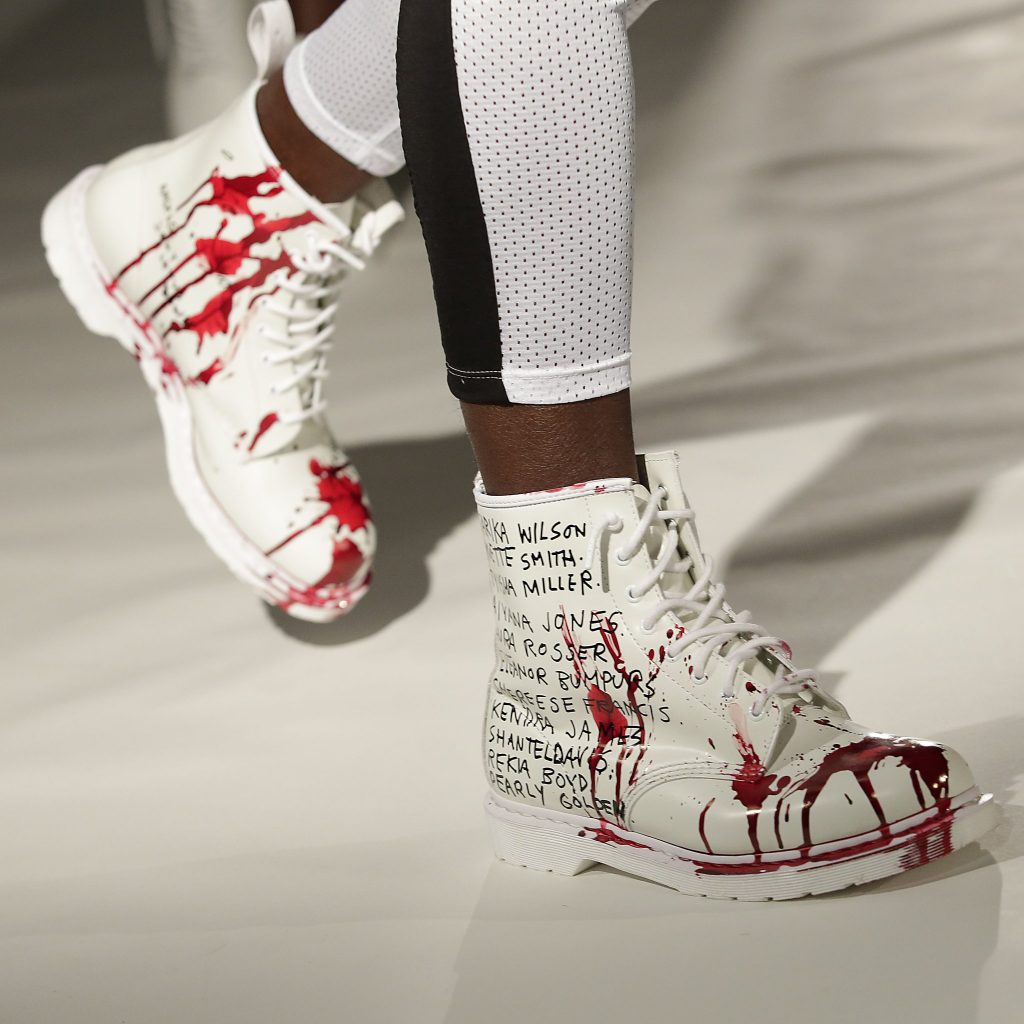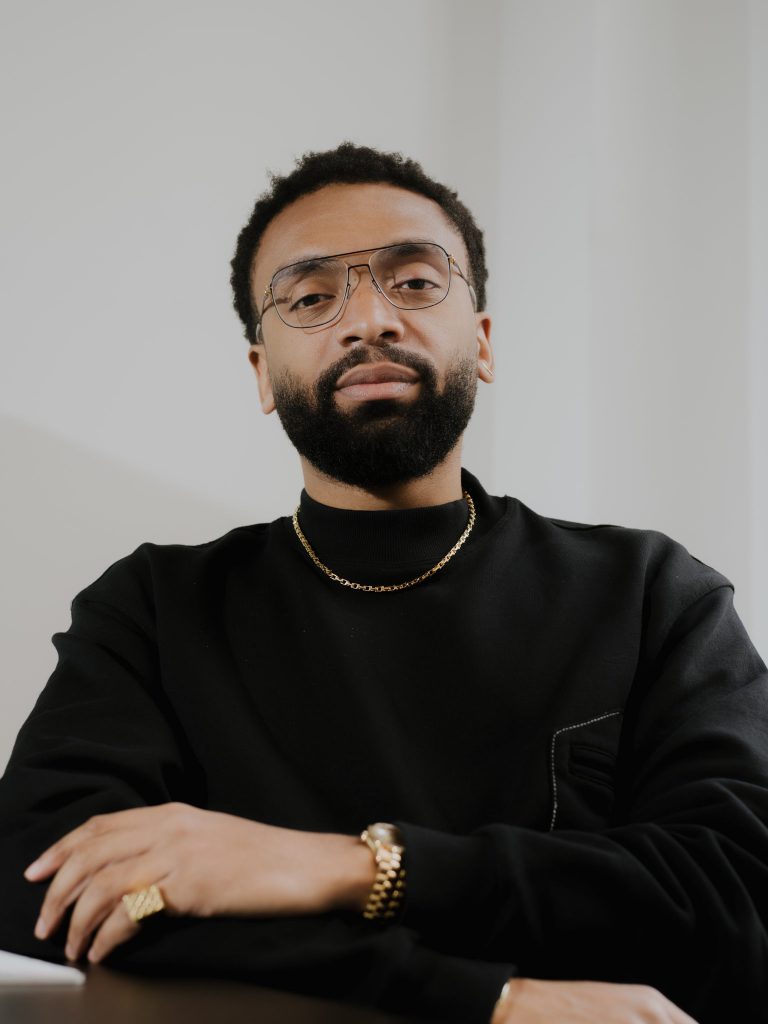
For the last week, ever since the killing of George Floyd galvanized the world to confront not just the history of police brutality against black people but our own complicity in allowing it to happen, the social media feeds of fashion brands and influencers have filled up with black squares and statements of solidarity. And like many, I have been struck by how often they feel like a dutiful piece of corporate performance.
And I think about how many other ways fashion, an industry with a reach and economic power that goes far beyond clothes, could redesign its own approach in this particularly charged political and social moment.
I have, for example, been unable to stop thinking about Kerby Jean-Raymond’s 2016 Pyer Moss spring collection, shown at New York Fashion Week.
Mr. Jean-Raymond is part of a new wave of black designers who aren’t waiting for the establishment seal of approval but are simply doing it for themselves — and remaking the status quo in the process. In New York, Telfar by Telfar Clemons; Heron Preston; Christopher John Rogers. In London, Samuel Ross of A-Cold-Wall and Grace Wales Bonner. In Milan, Stella Jean. And in Paris, Kenneth Ize, who is Nigerian, and Thebe Magugu, from South Africa.
Mr. Jean-Raymond has been experiencing several breakout seasons, in part because he has fully embraced fashion’s ability to reshape culture, and he has been using his shows to highlight overlooked black contributions to history and “end the erasure of minorities and people of color,” as he once told The New York Times.

In 2015, Mr. Jean-Raymond did a show that put the Black Lives Matter movement front and center. It began with a 12-minute video about racism in America. He invited the families of victims of police brutality to sit in his front row and put editors behind them. Then he sent white work boots scrawled with names in black marker and blood down his runway; there were tailored jackets and tunics that had been ripped and rent asunder. The artist Gregory Siff live-tagged the clothes as they appeared with words like “breathe.”
It was something.
Mr. Jean-Raymond said it almost sunk his brand. Retailers dropped him. He got death threats. Some editors were mad about their seating demotion. Yet that collection is even more resonant today. It is also a reminder that five years ago fashion was faced with its own failings and did not rise to the occasion.
Today, as then, designers have a voice that is about much more than Instagram, or escapism. Hopefully more of them will use it.
That’s one side of the matter. But not all of it.
Modeling has made what seem like genuine strides forward — models of color open and close shows, the most prestigious slot; they get major ad campaigns, the most lucrative jobs. In early 2015, I wrote a story looking at how few black designers had been give the keys to the world’s biggest brands. This matters because designers control what we see in the end, and they are often the only employees allowed to speak publicly for said brands. Between then and now, not much has really changed.

Rihanna has her own brand at LVMH. Virgil Abloh is the Louis Vuitton men’s wear designer. But while Kering, the owner of Gucci and Saint Laurent and the second largest fashion conglomerate in the world, has made a powerful statement against racism and made meaningful donations to the N.A.A.C.P. and Campaign Zero, as well as starting diversity and inclusion councils for its brands, none of those brands have a creative director of color. Tapestry, the owner of Coach, Kate Spade and Stuart Weitzman, is the only fashion group with a black chief executive: Jide Zeitlin.
Until the executive suite changes, it is hard not to feel that a lot of the statements and initiatives are still words and intentions, not reality. And we are left with suspicions and investigations: How much of what they say do they actually put into practice?
One of the problems is that big brands traditionally allow only two people — the designer and the chief executive — to speak about their companies. Perhaps it is time to unmuzzle the staffs and encourage them to share their own lived, individual experiences. In its statement, PVH, the parent company of Calvin Klein and Tommy Hilfiger, did not just take a stand or announce a donation (though they did both), but it also gave space to two black employees (one from human resources, one from marketing). It’s a start.
So is a new initiative from the Council of Fashion Designers of America to create an employment program that it says is “specifically charged with placing black talent in all sectors of the fashion business,” as well as mentorship and internship programs.
